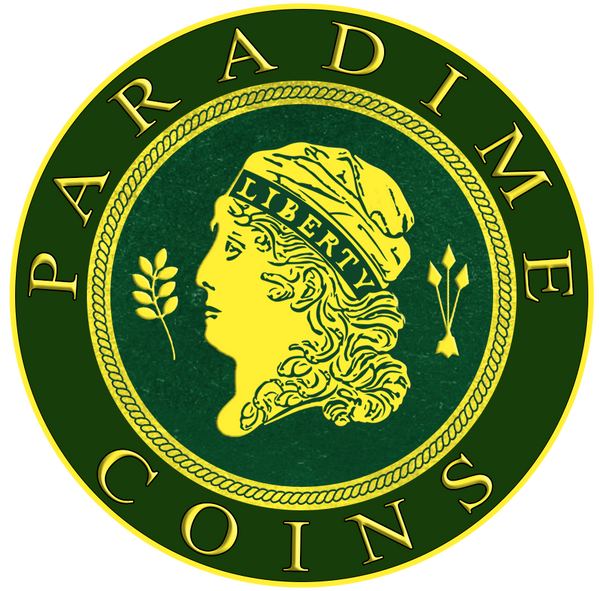Designed by: Robert Scot
Issue Dates: 1797-1804
Composition: 91.67% gold, 8.33% copper
Diameter: 33 mm
Weight: 17.5 grams (270.06 grains)
Edge: Reeded
Business Strike Mintage: 119,248
Proof Mintage: None
1797–1804 Capped Bust Right Eagle – Heraldic Eagle Reverse | Historic $10 Gold Type Coin | Early U.S. Gold
Introduced in 1797, the Heraldic Eagle reverse marked a significant design evolution in the early $10 Eagle series. This second major type within the Capped Bust Right series features the same iconic obverse as its predecessor, but with a newly adopted reverse design inspired by the Great Seal of the United States, aligning it visually with other contemporary silver and gold denominations.
The obverse continues to portray Miss Liberty facing right, her flowing hair tied with a ribbon, LIBERTY above, and the date below. Star configurations vary between issues—most notably the 1798/7 overdate, which exists in multiple star arrangements including 9x4 and 7x6, offering a fascinating collectible twist for variety specialists.
The reverse is dominated by a powerful Heraldic Eagle, clutching a bundle of arrows and an olive branch, with a shield on its chest. A flowing ribbon in the eagle’s beak bears the national motto E PLURIBUS UNUM, with a radiant arc of clouds and a cluster of stars above. The legend UNITED STATES OF AMERICA encircles the design, with no denomination expressed—a distinctive feature of early federal gold coinage.
Due to rising gold bullion prices and widespread melting, production of eagles ceased after 1804, making this an important and relatively short-lived type. Despite low survivorship, the type collector will most commonly encounter examples dated 1799, 1800, 1801, or 1803, with most surviving coins grading Very Fine to About Uncirculated. Uncirculated specimens are rare and, when found, typically exhibit rich frosty luster and bold detail.
For collectors of early U.S. gold or those building a type set of $10 eagles, the Heraldic Eagle reverse design represents a historically significant and visually impressive milestone in American numismatics. With deep roots in national symbolism and the artistry of the early mint, it remains a cornerstone of the early gold series.
...
Read Less




